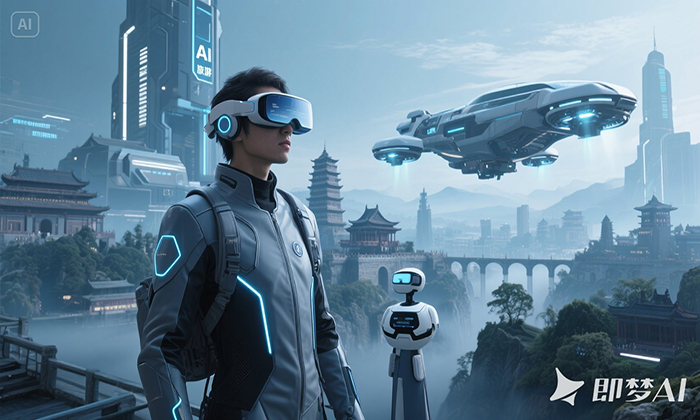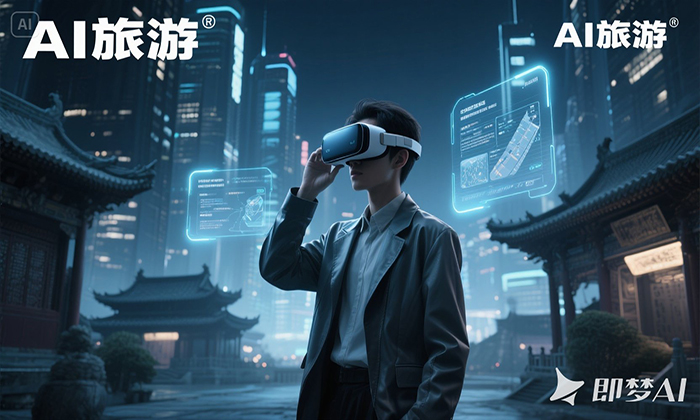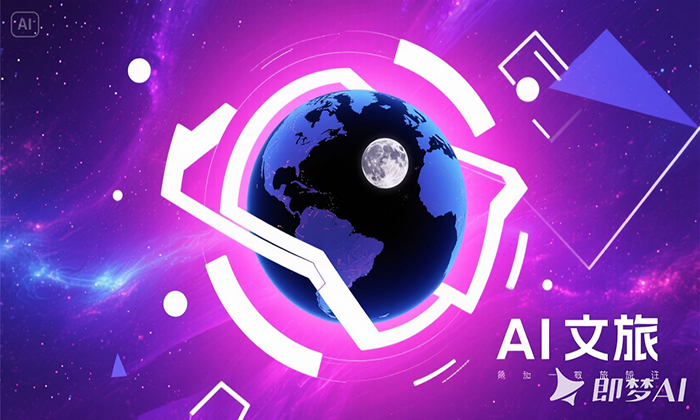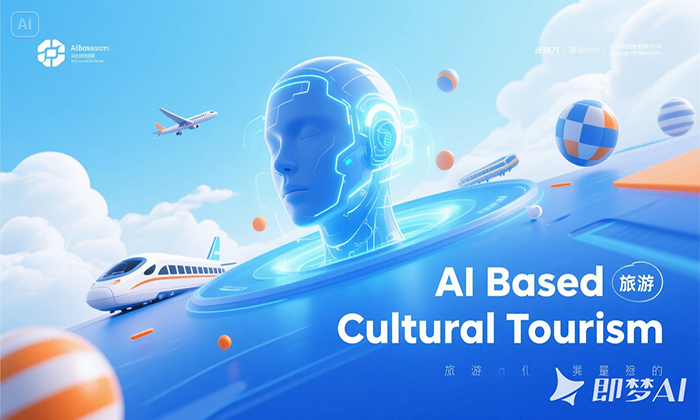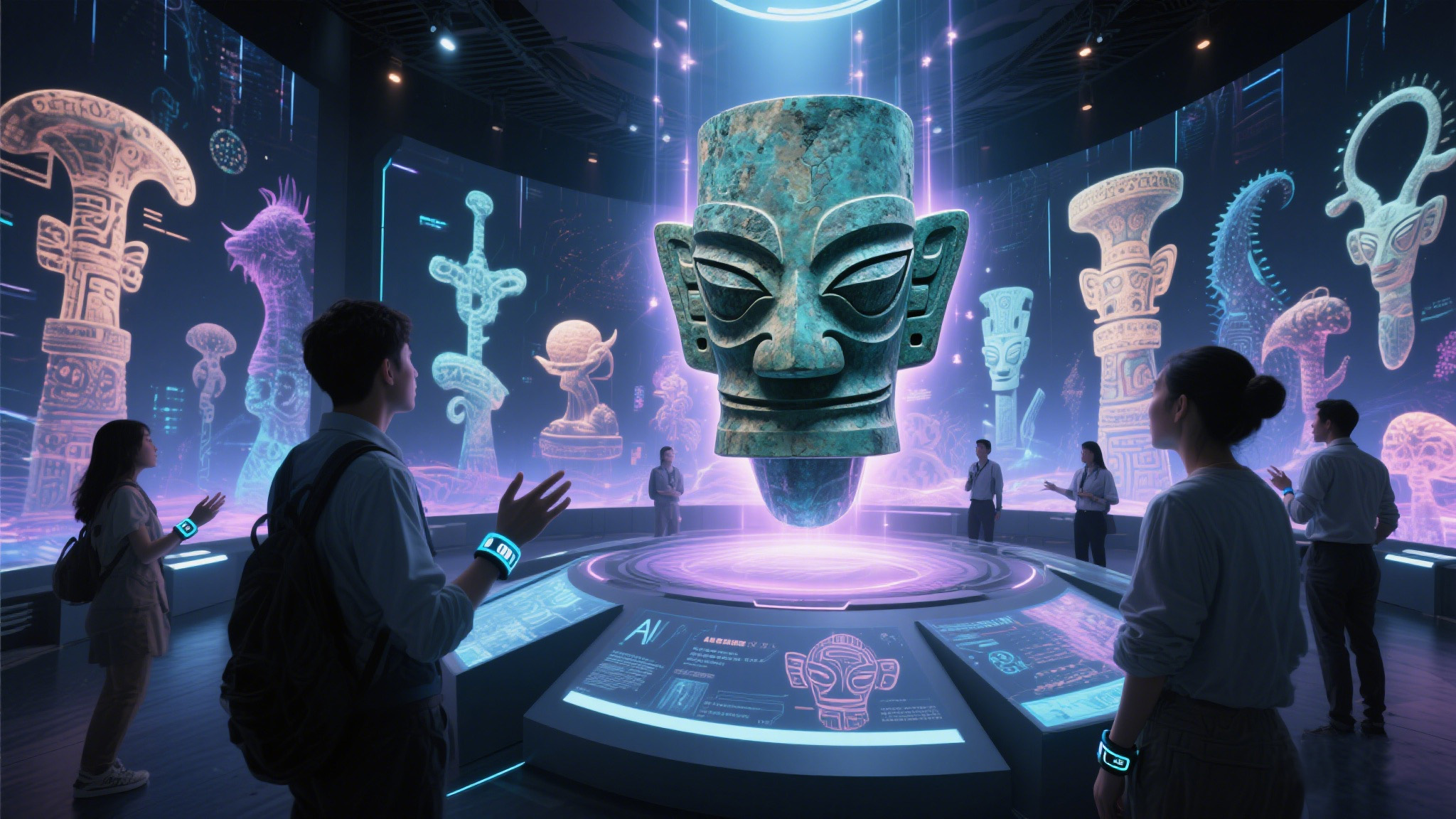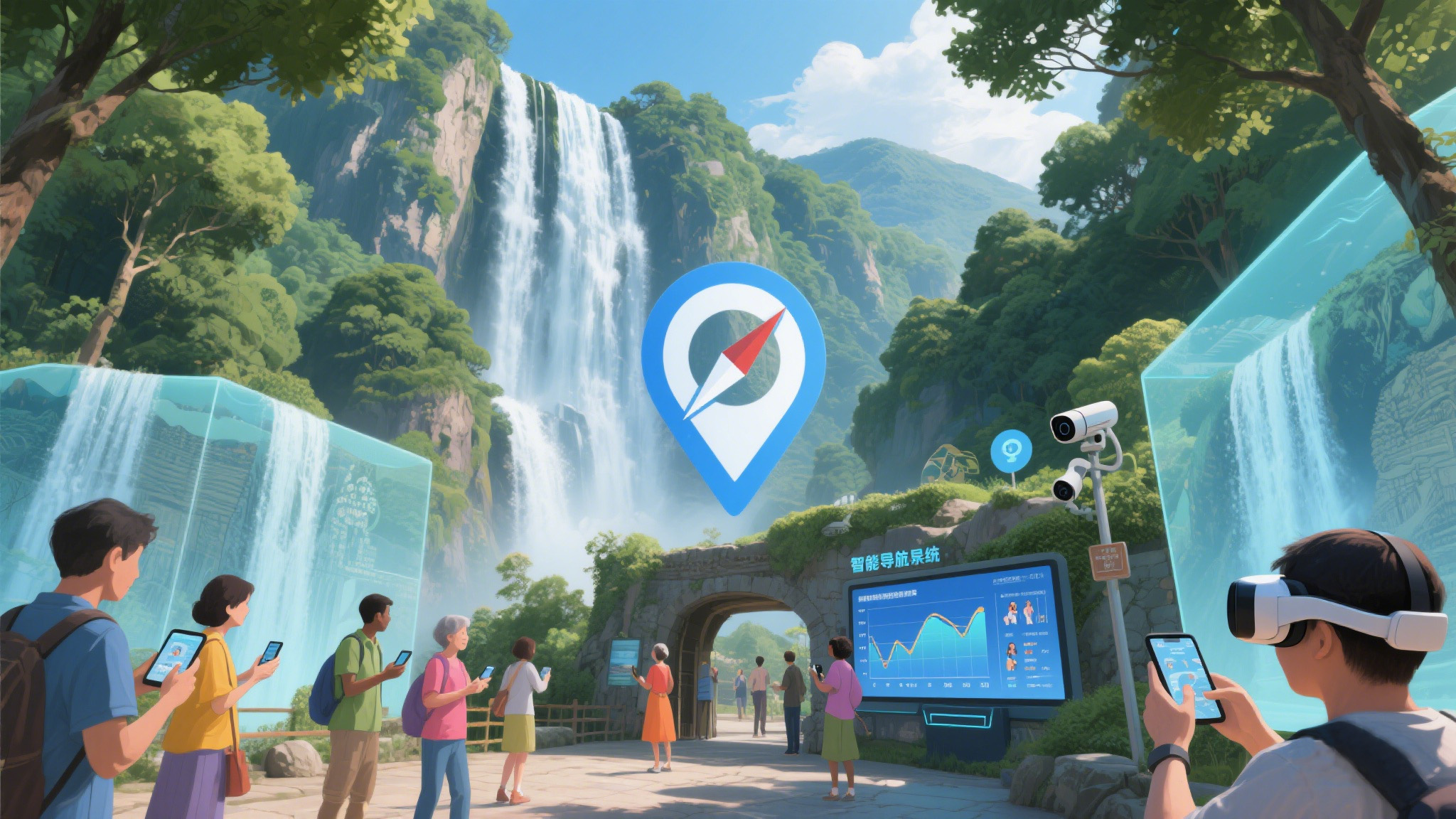The AI Renaissance: How Technology is Transforming Cultural Tourism
The intersection of advanced AI technology and global tourism is creating a revolution in how we experience and preserve world cultures. AI culture and tourism represents more than just digital enhancements—it's fundamentally reshaping how travelers connect with heritage sites through innovations like digital tourist attractions and scenario-based AI solutions. These technological advancements are breathing new life into ancient monuments while making cultural experiences more accessible and engaging than ever before. From AI-powered virtual guides that bring historical figures to life to sophisticated IP agent solutions that protect and monetize cultural intellectual property, the fusion of artificial intelligence and tourism is creating unprecedented opportunities for education, preservation, and economic growth in the heritage sector.
The concept of digital tourist attractions has evolved far beyond simple audio guides or mobile apps. Today's most innovative cultural sites employ AI agents that serve as personalized tour companions, capable of answering complex questions in multiple languages while adapting their commentary to visitors' interests and knowledge levels. The Acropolis Museum in Athens, for instance, uses augmented reality powered by machine learning to reconstruct missing sections of the Parthenon marbles in real-time as visitors view them. These AI solutions create layered experiences where physical artifacts tell one story while digital enhancements reveal additional dimensions of historical context. What makes these applications truly revolutionary is their ability to learn from visitor interactions—the system might notice a guest's particular interest in ancient engineering techniques and subsequently emphasize architectural details throughout the remainder of their tour. This level of personalization was unimaginable in traditional tourism and represents a quantum leap in how we engage with cultural heritage.
One of the most exciting developments in AI culture and tourism is the emergence of scenario-based AI solutions that transform passive observation into immersive participation. Historical sites now offer experiences where visitors don't just learn about history—they live it through AI-driven simulations. Imagine walking through the Roman Forum while your AI guide projects a bustling ancient marketplace around you, complete with virtual merchants hawking their wares in period-accurate dialects. Or picture participating in a recreated Renaissance art workshop in Florence, receiving real-time feedback from an AI version of Michelangelo himself. These AI application scenarios leverage natural language processing, computer vision, and machine learning to create responsive environments that adapt to visitors' movements and questions. The educational impact is profound—studies show retention rates for information learned through such immersive experiences can be three times higher than traditional museum visits. More importantly, these technologies make cultural appreciation accessible to people who might otherwise find historical sites intimidating or difficult to understand.
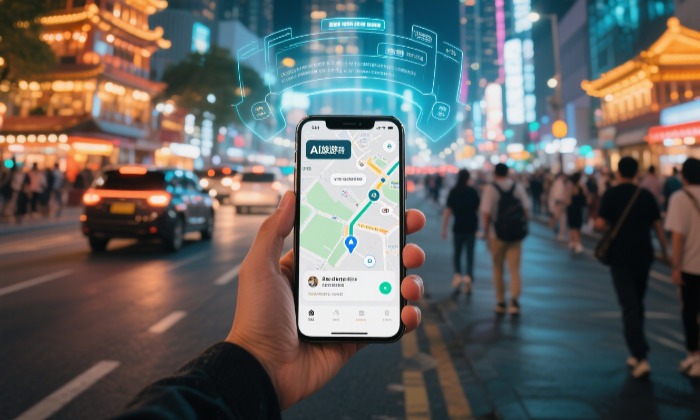
The preservation and commercialization of cultural heritage has entered a new era through digital IP incubation powered by artificial intelligence. Museums and historical societies now use AI to create precise digital twins of priceless artifacts and even reconstruct lost cultural elements from fragments. The British Museum's AI project to virtually restore damaged cuneiform tablets demonstrates how this technology can recover knowledge once thought permanently lost. Beyond preservation, these digital assets become valuable intellectual properties that can generate revenue through virtual exhibitions, educational programs, and creative collaborations. Sophisticated IP agent solutions enable cultural organizations to manage these digital assets efficiently, tracking usage rights and ensuring proper monetization while maintaining cultural authenticity. This approach not only safeguards heritage but creates sustainable funding models for ongoing preservation work. In China, the Forbidden City's digital transformation has spawned an entire ecosystem of licensed products and virtual experiences, proving that cultural preservation and commercial success can go hand-in-hand when powered by AI innovation.
The educational potential of AI culture and tourism extends across all age groups, creating opportunities for intergenerational learning. For young visitors, interactive educational AI toys modeled after cultural artifacts make museum visits engaging adventures rather than boring obligations. The Metropolitan Museum of Art's "MetKids" program uses AI-powered games to teach children about art history through playful problem-solving. Families benefit from family educational AI assistants that create customized itineraries, translating complex historical concepts into age-appropriate explanations while suggesting rest stops and child-friendly dining options. These AI systems analyze group dynamics and learning styles to strike the perfect balance between education and entertainment, ensuring cultural tourism leaves lasting impressions on young minds while giving parents much-needed support. The result is a new generation of culturally literate global citizens who develop appreciation for world heritage from their earliest years.
Looking ahead, the future of AI culture and tourism promises even more groundbreaking innovations. Emotion-reading AI guides that adjust their presentations based on visitor engagement levels could make every tour uniquely compelling. Blockchain-authenticated digital souvenirs may serve as both mementos and continuing educational tools long after the trip ends. The potential for companion AI agents to serve as personalized cultural ambassadors throughout a traveler's journey—from trip planning to post-visit reflection—will further blur the lines between physical and digital experiences. As these technologies mature, they'll create opportunities for deeper cultural connections, more sustainable heritage preservation, and truly transformative travel experiences that educate, inspire, and delight. The tourism revolution powered by advanced AI technology is just beginning, with one-stop AI agent solutions poised to integrate every aspect of cultural travel into seamless, enriching journeys that honor the past while embracing the future of exploration.







